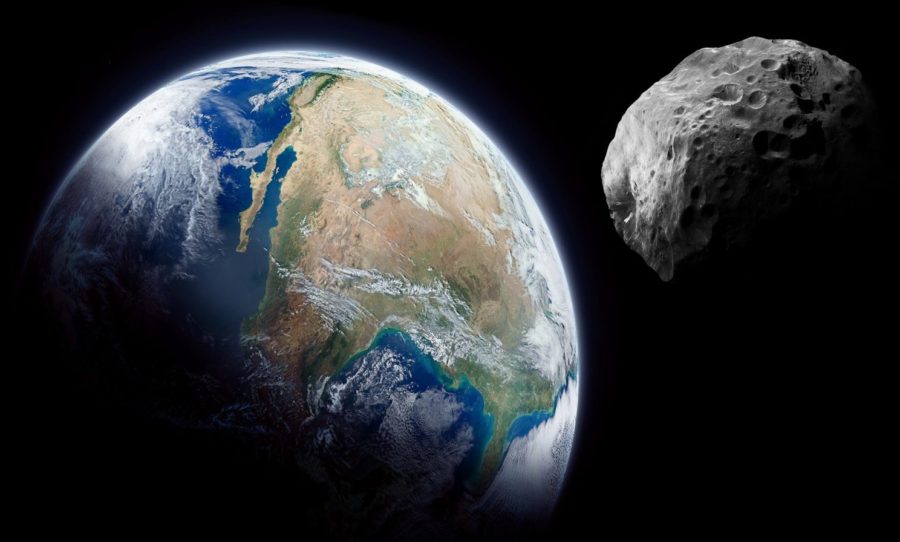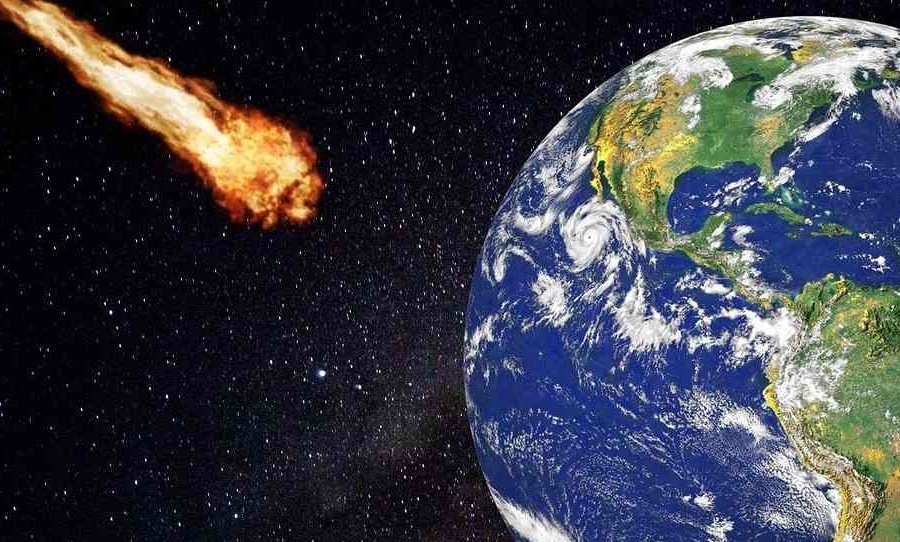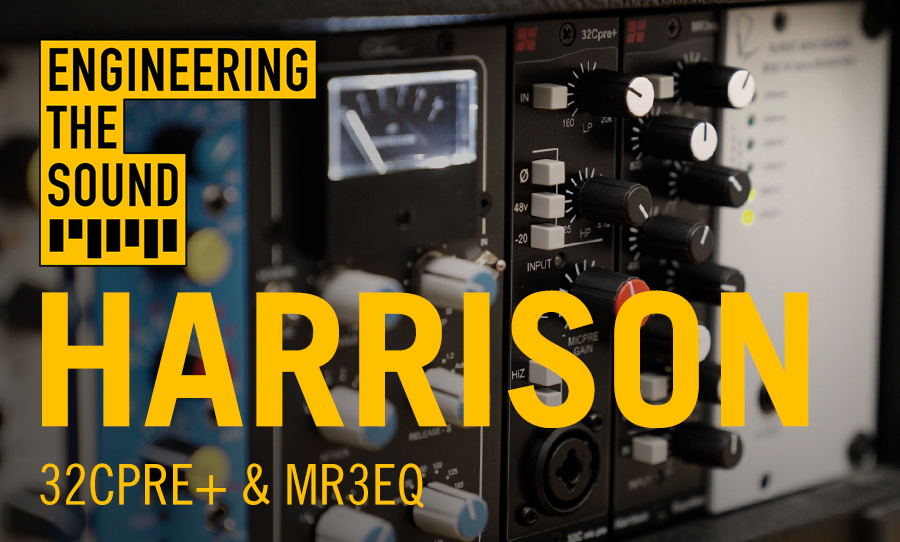An asteroid about the size of a fridge has brushed close to Earth, becoming the third closest to approach without actually hitting our planet.
The asteroid, known as Asteroid 2021 UA1, came within 3000km of Earth last week when it flew through the skies above Antarctica.
2021 UA1 has a diameter of only two meters but came more than 100 times closer to Earth than the moon.

Although it didn’t pose any danger to us, the concerning part is that it wasn’t noticed until it had already flown past our planet.
Due to it approaching from behind the sun, the asteroid managed to fly in a blind spot of the asteroid trackers, letting it avoid detection until it had passed.
Newly-discovered #asteroid 2021 UA1 missed Antarctica by only 3000 km Sunday evening.
It came from the daytime sky, so it was undiscoverable prior to closest approach.https://t.co/Y0zY7mAYue pic.twitter.com/R9VpMo2X9G— Tony Dunn (@tony873004) October 27, 2021
Most of the objects tracked by asteroid trackers come from in front, meaning they travel towards Earth and the sun. The 2021 UA1 however, came from near the inner solar system, travelling from the sun towards Earth.
Due to the glare from the sun, spotting these asteroids is very difficult, especially if they approach during the day, which was the case with 2021 UA1.
Given how small it is, the rock would have disintegrated and vaporised in the atmosphere even if it had been on a collision path with Earth.
Here’s the slideshow with @ztfsurvey detections of 2021 UA1 asteroid that passed just 3000km away from the Earth last week. The visible trail length of the detection can be seen decreasing as the asteroid recedes. #2021ua1 #asteroids pic.twitter.com/ekxSRNmxXN
— ZTF Survey (@ztfsurvey) November 3, 2021
The last known significant asteroid event on Earth happened on February 15, 2013, when a 17m wide asteroid exploded in Chelyabinsk, Russia, which sent a shock wave that shattered windows across six cities and injured over 1,500 people. The Chelyabinsk asteroid was over 20 times larger than the 2021 UA1.
Currently, there are no known impact threats to Earth for the next century.
Even if we are made aware of possible impacts, if we have enough warning, near-Earth objects could possibly be deflected.
NASA is testing asteroid deflection technology to see how it can impact the movement of a near-Earth asteroid in space with DART (Double Asteroid Redirection Test mission).



